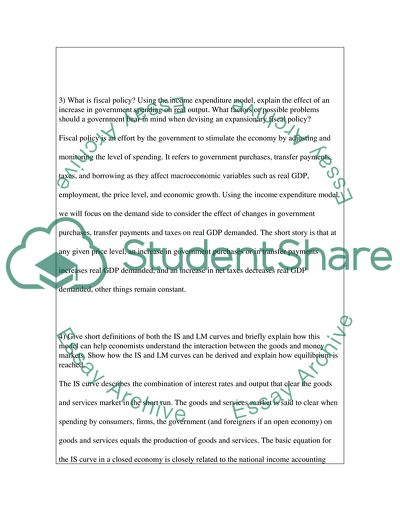Cite this document
(What Is Meant by GDP and How Is It Measured Assignment - 1, n.d.)
What Is Meant by GDP and How Is It Measured Assignment - 1. https://studentshare.org/macro-microeconomics/1707849-macro-economics
What Is Meant by GDP and How Is It Measured Assignment - 1. https://studentshare.org/macro-microeconomics/1707849-macro-economics
(What Is Meant by GDP and How Is It Measured Assignment - 1)
What Is Meant by GDP and How Is It Measured Assignment - 1. https://studentshare.org/macro-microeconomics/1707849-macro-economics.
What Is Meant by GDP and How Is It Measured Assignment - 1. https://studentshare.org/macro-microeconomics/1707849-macro-economics.
“What Is Meant by GDP and How Is It Measured Assignment - 1”. https://studentshare.org/macro-microeconomics/1707849-macro-economics.


